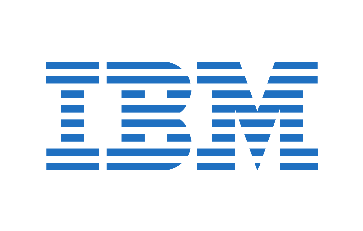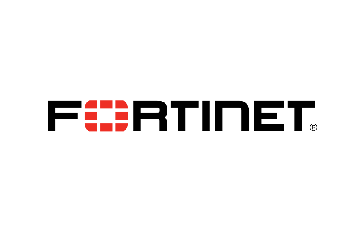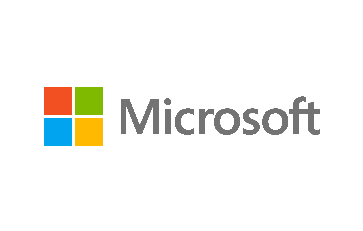Microsoft Alert
 3223
3223

Warning Date
Severity Level
Warning Number
Target Sector
13 April, 2022
● High
2022-4654
All
Microsoft has released security updates to address several vulnerabilities in the following products:
- .NET Framework
- Active Directory Domain Services
- Azure SDK
- Azure Site Recovery
- LDAP - Lightweight Directory Access Protocol
- Microsoft Bluetooth Driver
- Microsoft Dynamics
- Microsoft Edge (Chromium-based)
- Microsoft Graphics Component
- Microsoft Local Security Authority Server (lsasrv)
- Microsoft Office Excel
- Microsoft Office SharePoint
- Microsoft Windows ALPC
- Microsoft Windows Codecs Library
- Microsoft Windows Media Foundation
- Power BI
- Role: DNS Server
- Role: Windows Hyper-V
- Skype for Business
- Visual Studio
- Visual Studio Code
- Windows Ancillary Function Driver for WinSock
- Windows App Store
- Windows AppX Package Manager
- Windows Cluster Client Failover
- Windows Cluster Shared Volume (CSV)
- Windows Common Log File System Driver
- Windows Defender
- Windows DWM Core Library
- Windows Endpoint Configuration Manager
- Windows Fax Compose Form
- Windows Feedback Hub
- Windows File Explorer
- Windows File Server
- Windows Installer
- Windows iSCSI Target Service
- Windows Kerberos
- Windows Kernel
- Windows Local Security Authority Subsystem Service
- Windows Media
- Windows Network File System
- Windows PowerShell
- Windows Print Spooler Components
- Windows RDP
- Windows Remote Procedure Call Runtime
- Windows schannel
- Windows SMB
- Windows Telephony Server
- Windows Upgrade Assistant
- Windows User Profile Service
- Windows Win32K
- Windows Work Folder Service
- YARP reverse proxy
An attacker could exploit these vulnerabilities by doing the following:
- Denial of service attack (DoS)
- Security feature bypass
- Disclosure of information
- Privilege escalation
- Remote code execution
- Spoofing
The CERT team encourages users to review Microsoft security advisory and apply the necessary updates:
Update instructions:

 The official site for Saudi CERT
The official site for Saudi CERT










